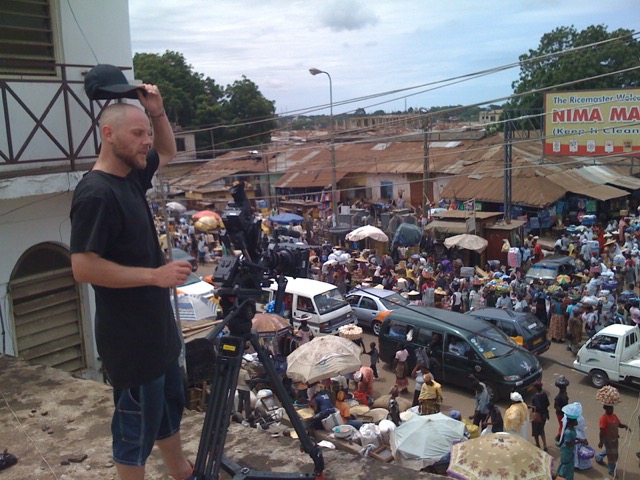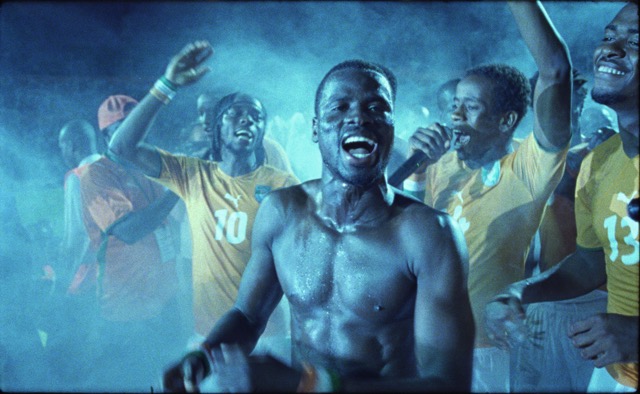Seizing Global Adventure with Photographer Sesse Lind
The Multigeographic Photographer Sesse Lind confesses, “It’s quite funny that apart from an aesthetic standpoint, I don’t really watch or follow any sport. It’s just not my thing. I’ve never had any interest in it. Rather, it’s the strength or weakness of the light, people, and situations that interest me the most. It’s true that a lot of magical, overwhelming, and mind-blowing situations occurred during my trip in 2010 around parts of Africa. It will probably forever be one of my favorite places on the planet. Something I knew going in but which became abundantly clear is that Africa is not just one thing; it’s a continent consisting of many countries that are radically different from each other in many ways.” This statement relates to Lind’s experience travelling with famed American artist Kehinde Whiley, famed for his portrait of President Barack Obama which was commissioned by the Smithsonian National Portrait Gallery. Whiley partnered with PUMA to travel through West Africa to meet and be inspired by world renowned soccer players of the region. This experience would fuel paintings created by Whiley for a massive exhibition in collaboration with PUMA at Deitch Gallery in NYC. Lind accompanied Kehinde and his team through Ghana, Cameroon, and the Ivory Coast to document this historic trip.
 |
| Sesse BTS in Ghana |
PUMA’s intention for this production was
built on their campaign slogan “love =
football” (presented without words with the image of a football, an equal sign,
and a heart). As part of a three-person crew, Lind’s goal was clear; convey
that it doesn’t matter if you’re rich or poor when it comes to enjoying football,
all you need is a ball and grown men will turn into happy kids. He relates that
Ghana is quite comfortable for English speakers, noting that it often reminds
him of Brooklyn. Cameroon on the other hand was not so accessible. French is
the dominant language there and Lind confirms that a number of times they were
chased away while filming. While investigating a gathering along the Ivory
Coast, assuming it to be a football game, Lind’s crew was shocked to discover
they had discovered a public execution and made a hasty retreat. All of this
sounds incredibly unsettling, and it would be for most people. Lind states,
“You learn how important it is to keep calm when things are uncertain or
uncomfortable. As a teenager, I started travelling through Europe by train. Together
with friends I slept in parks and on beaches and lived like a bum every summer.
It was a good way of learning how to take responsibility for myself and become
an adult. When I worked and travelled as a photography assistant, I realized
that a camera in hand provided access to many places and things which only a
select few ever see up close. This made me want to become a photographer who
prides himself on photographing adrenaline-heightened situations and myriad
geographies, whether it be foaming seas or miles and miles of desert sands, and
has guided me through my life. Curiosity has always been my drive and getting a
free pass to almost anything in the company of a camera is magical.”



